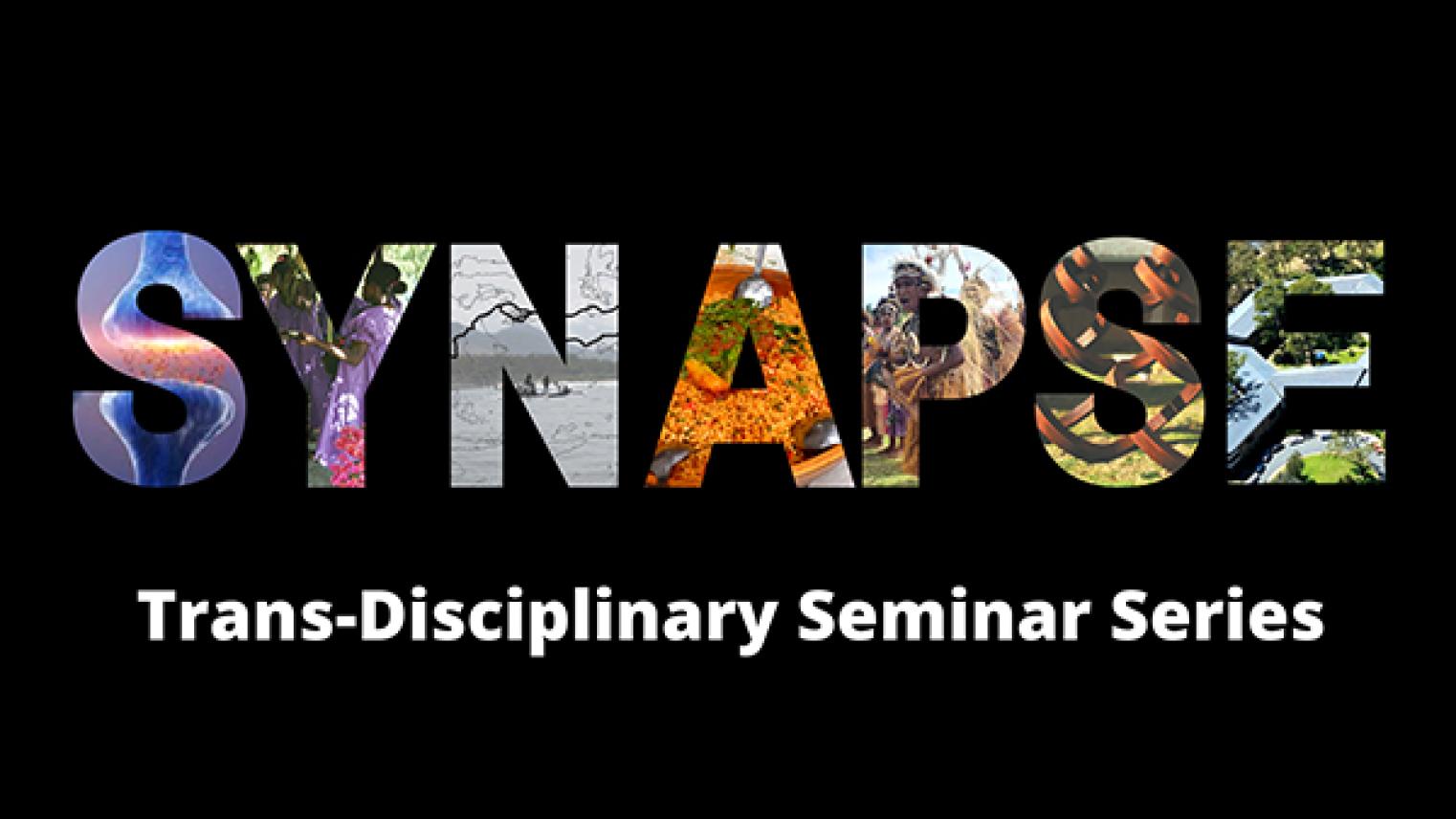Abstract
In many societies throughout Papua New Guinea, a person’s identity is dependent on their relationships with others – they are relational persons. Relational personhood can be complex and fluid, making it elusive for investigations intosuch notions in past societies. However, the ways in which human skeletal remains were once curated are key to understanding relational personhood in the past. The Massim region of Papua New Guinea has a rich ethnographic and anthropological body of literature that highlights the relationship between secondary burials and complex social networks. However, little archaeological research has been done that focusses on the material aspects of this relationship. My research seeks to understand the relationship between human skeletal remains and personhood in the southern Massim, Papua New Guinea. Working with the communities of Panaeati and the surrounding islands allowed comparative fieldwork and the testing of this hypothesis. The manner in which skeletal remains were processed and then subsequently placed within caves and rock niches can be directly correlated with material expressions of cultural identity and ethnographically attested concepts of personhood in the Massim. The preliminary findings indicate that skeletal remains played a crucial role in ensuring that deceased persons continued to exist within Massim societies beyond death.
Event Speakers
Simon Coxe
Simon Coxe is a professional archaeologist with over 14 years of experience working within the heritage and cultural research sector. He is also a PhD student in the School of Philosophical, Historical and International Studies at Monash University, and his thesis research focuses on the Massim region of Papua New Guinea.
